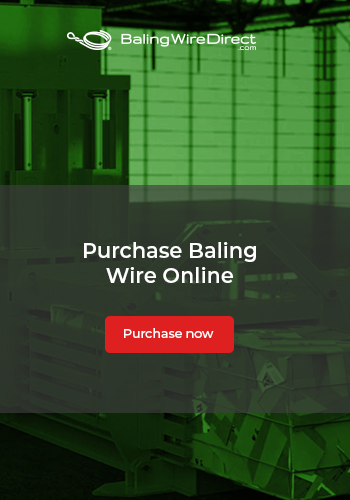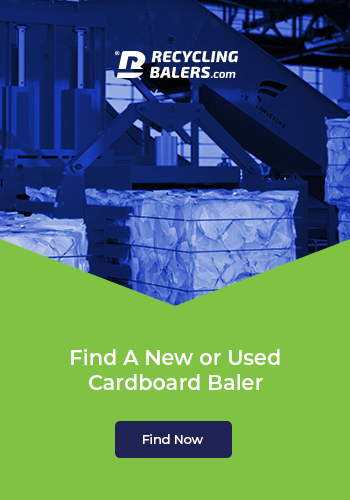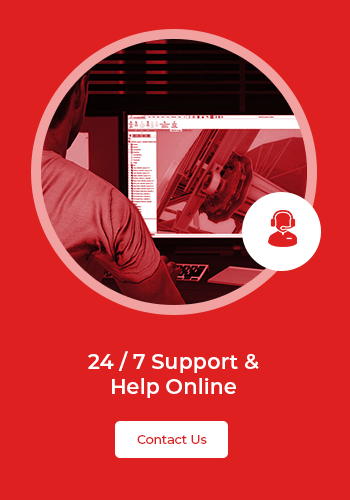How Do You Know When to Replace Your Conveyor Belt?
Conveyor belts are made to last for years and years, diligently ferrying goods and materials across your facility. Built to last and made of durable materials, your conveyor belts are an integral – and long-lasting – part of your entire production line. It’s true – they’re one of the pieces of equipment that are least likely to break on the job. Nonetheless, nothing lasts forever, and in this article, you’ll learn what to look out for so that you know when your conveyor belt needs to be replaced in the future.
Wear and Tear
There are scrapes and scuffs that your equipment can withstand, and then there are the kinds of knocks that can destabilize your mechanisms, leading your machine into a quick descent into malfunction and breakages. It’s your responsibility, or that of your maintenance professional, to know the difference between a simple scrape and a damaging knock. Look out for:
· Any knock that makes your machine rattle. This can lead to damage over time.
· Scrapes that have torn or ripped the belt itself. These can quickly worsen over time.
· Squeaks and other developing sounds in your mechanism – signs that all is not well.
· Rust and other signs of long-term damage that are fairly unavoidable.
If you’re aware of these signs, you’ll be able to spot when your conveyor is in need of repair or replacement.
Professional Attention
If you’re unable to monitor your conveyor belts with a sense of authority and wisdom, there’s no shame in looking to conveyor belt operators and distributors – and especially those that sold you your conveyor – for advice.
Often, a conveyor belt distributor will be happy to answer questions over the phone or to look at photographs sent over email. They’ll even be prepared to make a site visit in order to check your machinery with you. Don’t be afraid of bringing in the industry experts to check whether your conveyor needs replacing: they’ll know exactly what to look out for on your machines to check whether they have life in them yet.
Time Running
When you purchase or rent your conveyor belt, you’ll usually be given an estimate as to the lifespan of your product. This will be given to you in years, or in a huge number of operational hours. It’s worth making a note of this figure, as you’ll be able to map your maintenance plan from this advice and build up your experience in knowing what to look for when considering replacing your conveyor belts.
The key to knowing when your belts are at the end of their lives is to measure how long they’ve been in operation. This will be one of the first questions that a maintenance professional will ask you. Usually, if your machinery is past its average lifespan, it’s a good idea to plan for its replacement. Not only will this guarantee you a new working conveyor, but it’ll also help you avoid the harm and delays of having your old conveyor belt break on the job.
Deciding when to replace your conveyor belt can be difficult, but with the advice above, you’ll be able to pick the optimum time to replace your machinery in the future.



